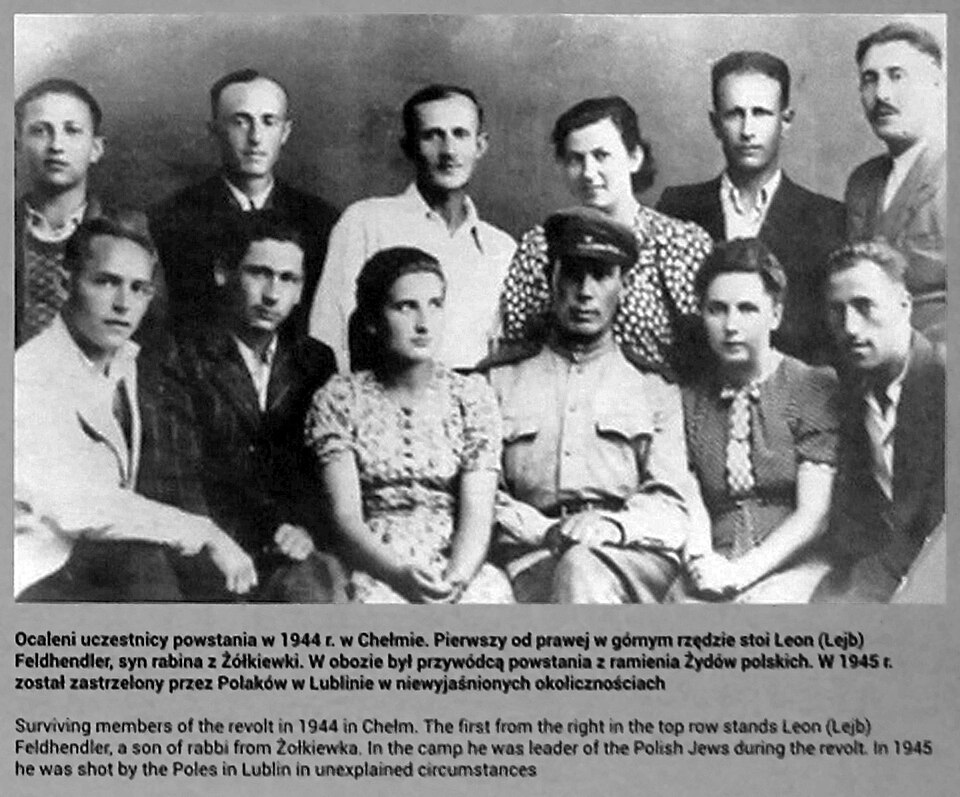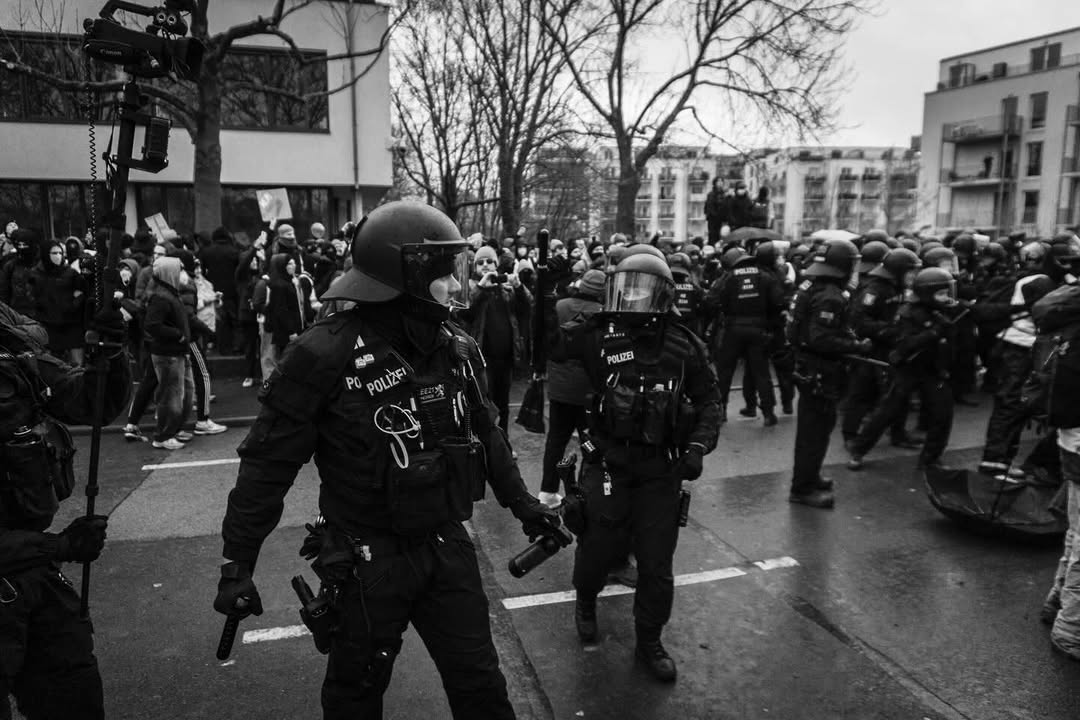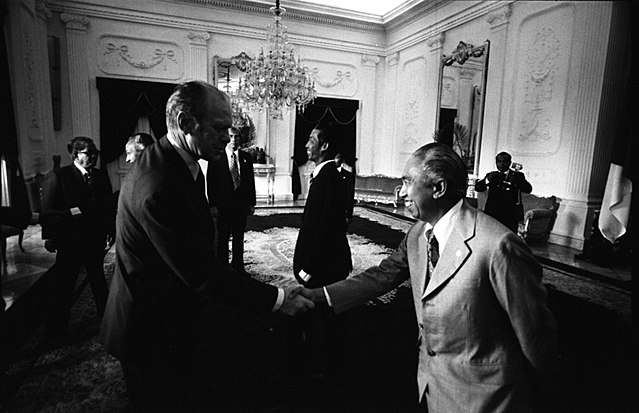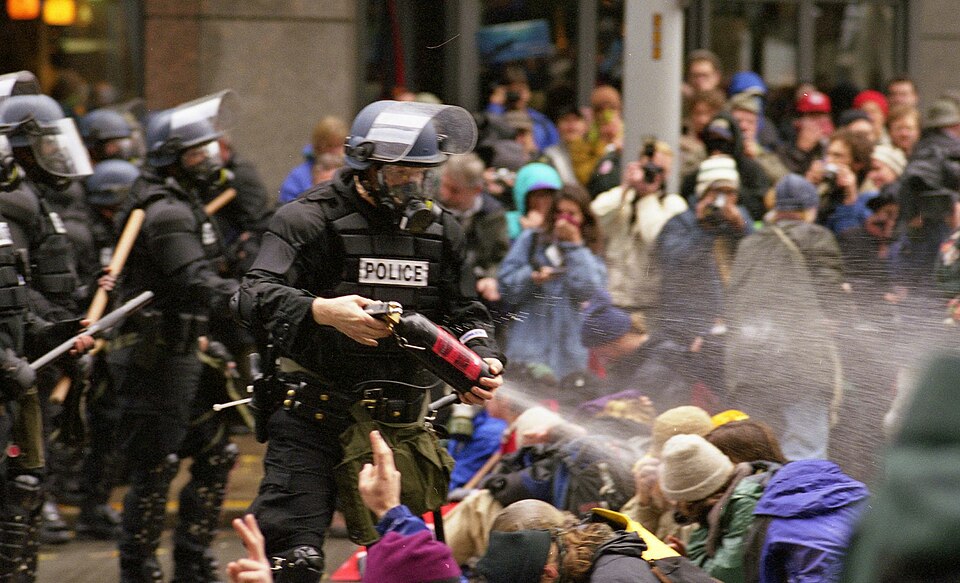In Autumn 1941, Nazi Germany implemented Operation Reinhard—the systematic extermination of all Polish Jews. This directive required the building of three additional death camps: Bełżec, Sobibór, and Treblinka. Between 1942 and 1943, 1.7 million Jews were murdered under this operation, along with countless Roma and Sinti people, Poles, and Soviet prisoners of war.
From its opening in May 1942 until its closure in October 1943, an estimated 180,000 people were murdered in Sobibór—nearly 100,000 in the camp’s first 90 days. Most deportees were murdered immediately upon arrival, but a small number were selected for forced labour. These prisoners were forced to carry out tasks such as disposing of corpses or working as skilled labourers—goldsmiths, tailors, and others. Female prisoners were often raped by SS officers.
On 14 October 1943, an armed uprising broke out inside the camp. The revolt was inspired by news of the Warsaw Ghetto Uprising earlier that year. Around 4 p.m., Johann Niemann—the acting camp commandant—was killed, along with nine other SS officers and two guards. Soon after, prisoners cut the camp’s telephone and telegraph lines. During a roll call later that afternoon, a firefight broke out, triggering a mass escape attempt.
Around 300 prisoners managed to escape—nearly half the people still imprisoned at Sobibór. Many were killed in the surrounding minefields or captured and executed. In the end, just 58 escapees survived the war. Alexander Pechersky, a Jewish Red Army officer and one of the revolt’s leaders told its participants: “Those of you who may survive, bear witness. Let the world know what has happened here.” The next day, 15 October 1943, all remaining prisoners in Sobibór were murdered, and the Nazis shut down the camp—effectively ending the killing at Sobibór’s gas chambers.
Sobibór was one of three armed revolts in Nazi death camps in occupied Poland. The others—Treblinka in August 1943 and Auschwitz-Birkenau in October 1944—were ultimately unsuccessful in achieving escape. But Sobibór proved that resistance was possible, even under the most brutal and dehumanising conditions. In the words of survivor Gershon WIllinge: “It is so important for us to remember the Sobibór revolt, to remember that Jews did resist. Jews weren’t just led like sheep to the slaughter. We did resist and we wanted to live!”




